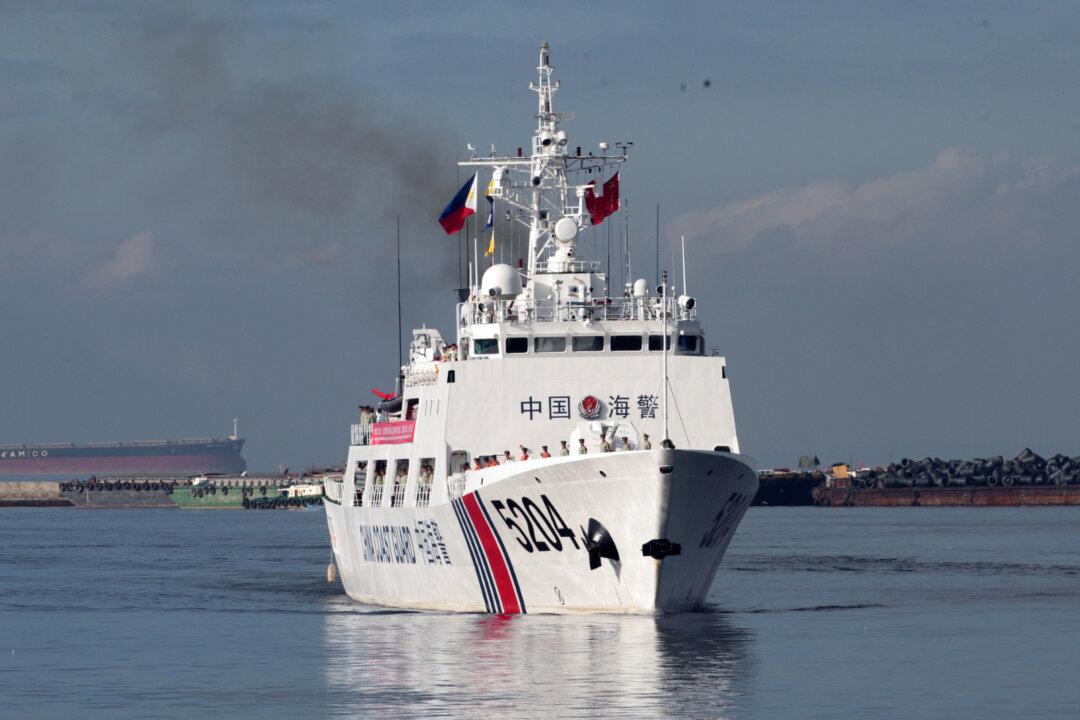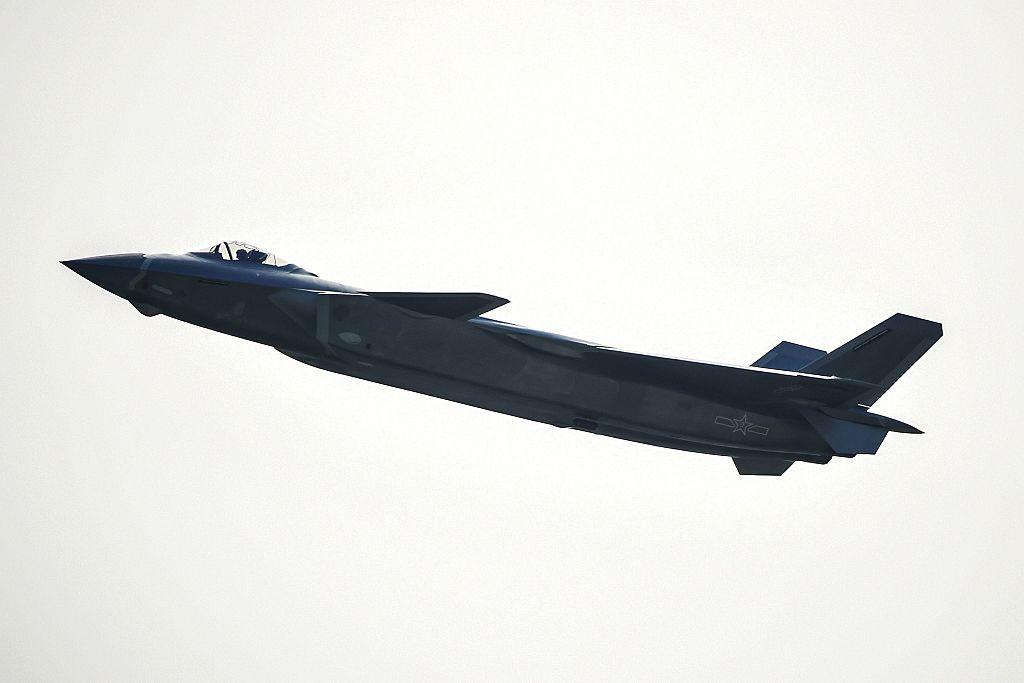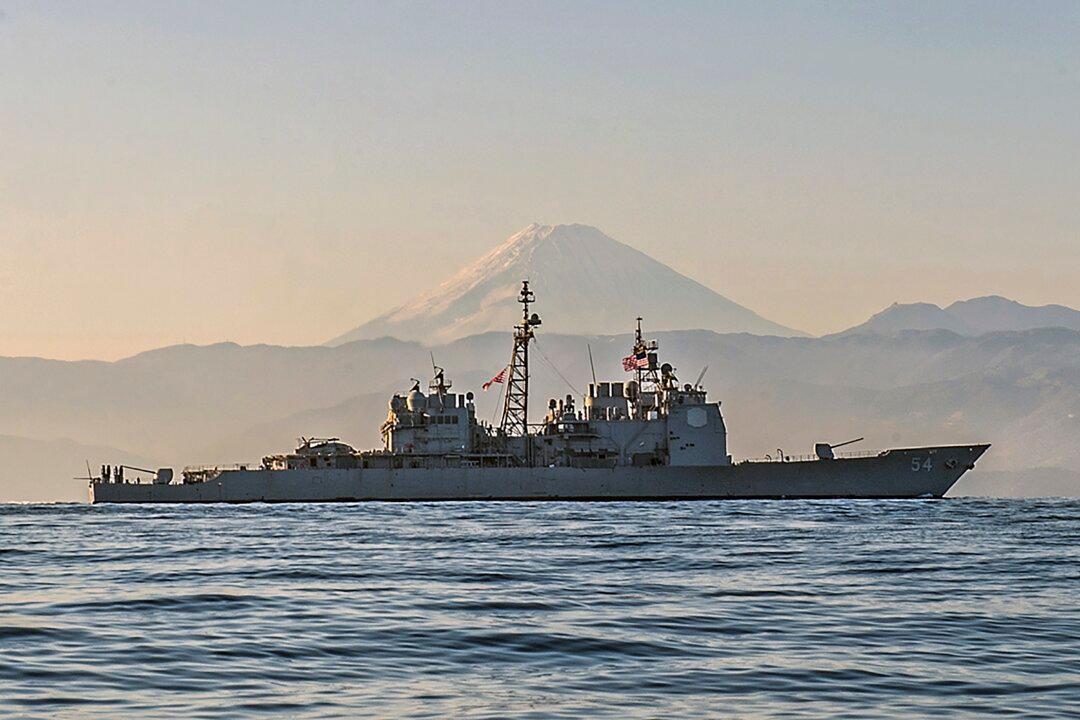Commentary
Chinese decision-makers and national security experts must be delighted by Japan’s failure to respond in any meaningful way to the decision by the regime in Beijing to allow its Coast Guard to “fire upon vessels around the Senkaku Islands in the East China Sea.”





